montana fish wildlife and parks drawing status
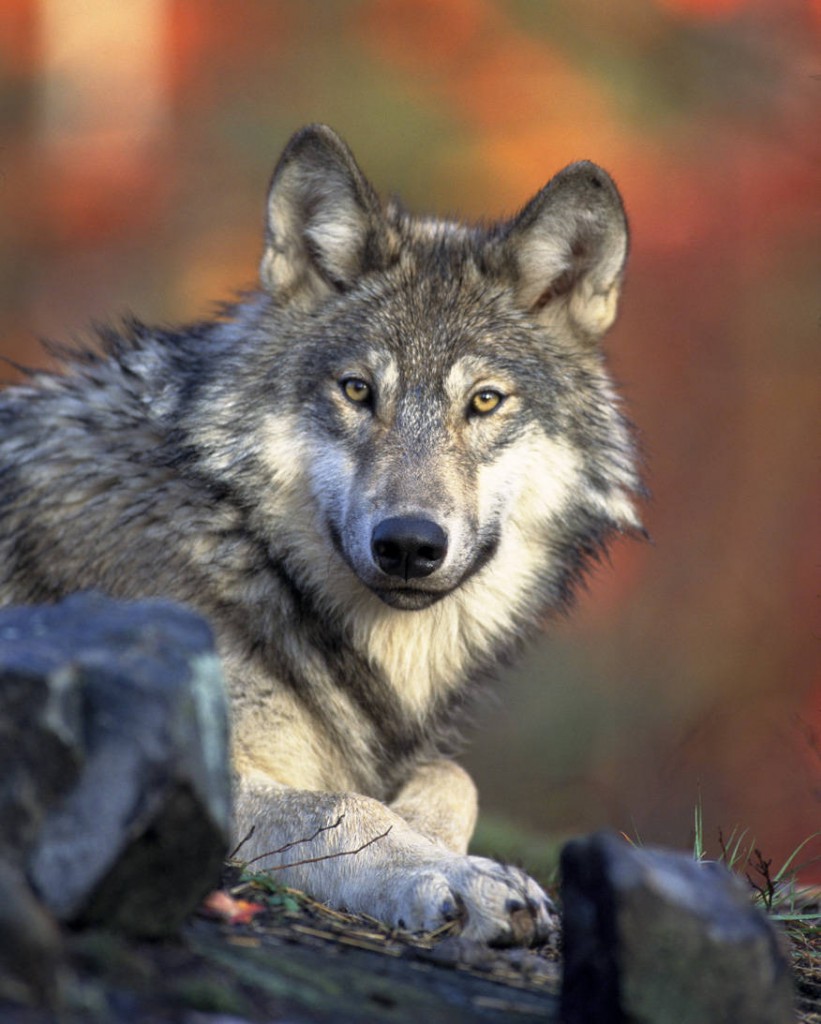
Here's a write-up from the Flathead Beacon on the state of the wolf population in Montana. Also see the previous post containing the full press release from Montana Fish, Wildlife and Parks . . .
Five years after the contentious decision to remove federal protections under the Endangered Species Act, Montana's gray wolf population remains healthy and among the largest in the Northern Rockies, according to state wildlife officials.
The state's Fish, Wildlife and Parks Department reported a minimum count of 536 wolves across Montana in 2015, 18 fewer than the previous year but well above the federally-mandated minimum of 150.
Biologists confirmed a minimum of 32 breeding pairs, down from 34 in 2014. The federal and state standard requires a minimum of 15 breeding pairs.
Read more . . .
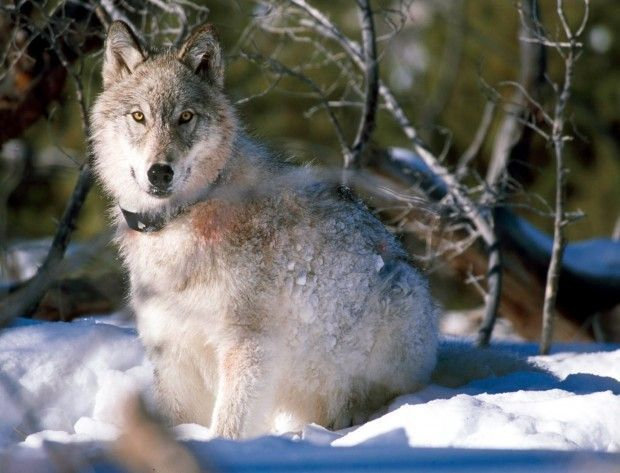
From an April 1, 2016 press release by Montana Fish, Wildlife and Parks. Note the informational links at the end of the article . . .
Wolf numbers in Montana remain healthy and well above federally-mandated minimums as the fifth and final year of federal oversight of state wolf management comes to an end in May.
Montana's annual wolf report shows a minimum wolf count of 536 wolves in 2015, which is down from 554 in 2014. Included in this number is a minimum number of breeding pairs of 32, which is down from 34 in 2014.
The difference between the overall minimum wolf counts in 2014 and 2015 is 18, well within the variability expected when counting a wide-ranging species that often occupies rough timbered country.
"It is important to remember that these are minimum counts, meaning that only wolves FWP could actually document as being on the landscape were included," said John Vore, Montana Fish, Wildlife & Parks Game Management Bureau Chief. "As wolf numbers have increased there is just no way we can physically count them all. We know there are more wolves out there. According to our best estimates the actual number of wolves is at least 30 percent more than the minimum count."
Continue reading Montana wolf numbers remain stable in 2015 →
Whitefish makes a preliminary move to protect even more of their watershed from development . . .
Even as local leaders and state resource managers celebrated the recent completion of the Haskill Basin conservation easement east of Whitefish Lake, a plan to protect more than 15,000 acres of private land northwest of the lake is already in the works.
Montana Fish, Wildlife and Parks Conservation Manager Alan Wood said the Whitefish Lake Watershed Project, a 15,334-acre easement proposal northwest of the lake, is still in its preliminary stages.
Read more . . .
Good news for Whitefish: The Haskill Basin conservation easement is a done deal . . .
For years, conservation groups and city officials have recognized the development pressure that could bear down on Haskill Basin, a block of land east of Whitefish owned by F.H. Stoltze Land and Lumber Co.
And for years, those concerns were quelled by a good-faith agreement with the Stoltze family, who for more than a century has maintained its commitment to managing the Haskill parcel as a working forest, rather than leveraging it into a revenue-rich development deal.
On Wednesday, that handshake deal was inked into the history books as Whitefish city officials, along with Montana Fish, Wildlife and Parks, Stoltze, and the nonprofit Trust for Public Land, finalized an agreement to furnish permanent protections on 3,020 acres of land in the Haskill Creek watershed.
Read more . . .
Here's a timely reminder from Montana Fish Wildlife and Parks . . .
FWP would like to remind folks that the supplemental feeding of game animals is illegal under Montana code (MCA 87-6-216). Recently, FWP has been investigating incidents of residents feeding deer in the Libby and Yaak area.
The law specifically prohibits the feeding of ungulates—(deer, elk, moose, and antelope), mountain lions and bears. The recreational feeding of birds (song birds, turkeys, pheasants, etc) can also be unlawful if it attracts ungulates or bears, and in some cities like Libby there are also ordinances against feeding turkeys. Supplemental food includes grain, processed feed, hay, and other foods.
Feeding turkeys can also attract other species. For example, if deer are drawn to feeding sites, they can attract mountain lions and pose a safety threat to neighbors.
FWP has also received reports of aggressive deer near a school bus stop in Libby. These deer may have been habituated with supplemental feed, and could be a threat to the safety of children in the area. FWP and Libby law enforcement officials may have to act to remove the deer in the interest of public safety. Killing habituated wildlife is a last resort when a public safety issue is involved. Feeding deer not only poses a safety threat it also congregates wildlife and increases the risk of disease transmission putting all deer in the area at risk.
In the Yaak, supplemental feeding of deer has attracted a young black bear cub that hadn't been able to den for the winter. FWP has captured the cub and will transport it to the state rehabilitation center in Helena. Continue reading FWP reminds residents that feeding wildlife is Illegal and can be dangerous →
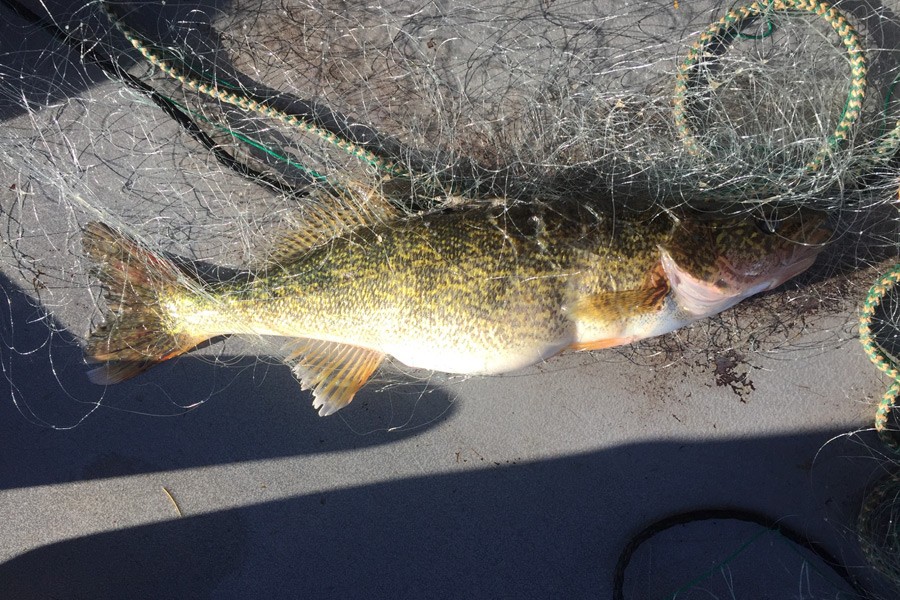
The walleyes found in Swan Lake were illegally dumped there last year. Now fisheries personnel are worried about bucket biologists doing the same in other lakes and streams in the area . . .
State wildlife officials have confirmed that two walleyes caught in Swan Lake last fall were illegally transplanted, quelling concerns that the non-native species spawned in the lake.
Fish, Wildlife and Parks biologists reported catching the walleye in Swan Lake in October during a gill-net operation, marking the first time the species has been discovered in the lake and raising concerns about the illegal introduction of yet another non-native fish in Montana's waters, according to Mark Deleray, Region One fisheries manager for Montana Fish, Wildlife and Parks.
Recent microchemistry analysis of the inner ear bones of the fish indicates they were introduced to the lake sometime last year.
Read more . . .
The 2016 winter North Fork Interlocal Agreement meeting will be held Wednesday, February 17 at Montana Fish, Wildlife and Park Region 1 headquarters, 490 N Meridian Rd, in Kalispell. Start time is 10:00 a.m.
The Interlocal Agreement provides for face-to-face contact with representatives of agencies whose policies and actions affect the North Fork. Interlocal Agreement meetings are held in the winter (in town) and summer (at Sondreson Hall). Signatories to the agreement include the Flathead National Forest, Glacier National Park and the Montana Department of Natural Resources and Conservation.
This is always a very interesting meeting, with reports from a range of government agencies and local organizations and often some quite vigorous discussion.
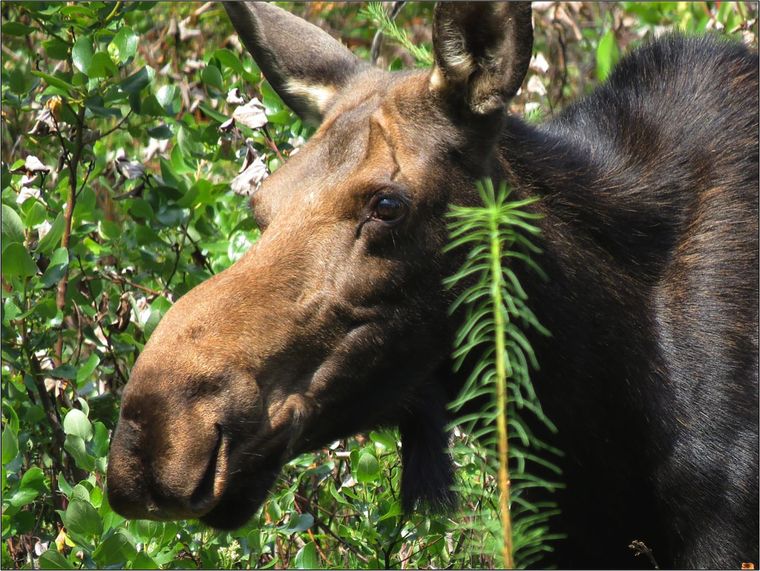
As mentioned in previous posts here, here and here, Montana's Moose population is declining and no one is quite sure why . . .
If you went hunting last year, the people at the check station who asked if you had seen any moose weren't just making conversation.
Those drive-by surveys are part of an ongoing study by Montana Fish, Wildlife and Parks to find out why the massive ungulates have been disappearing from the landscape over the past few decades.
Jesse Newby, a wildlife research technician for Montana Fish, Wildlife and Parks, said the statewide study launched in 2013. He and wildlife biologist Nick DeCesare use aerial flights and radio tracking as their primary tools to monitor moose populations in the Cabinet Mountains, the Big Hole Valley and the Rocky Mountain Front.
Read more . . .
Some good news: Montana FWP recommended purchasing conservation easements on better than 10,000 acres in the north end of the Flathead Valley . . .
Public comments are in, and two proposed major conservation easement purchases in the Flathead Valley – including one that would protect the primary source of Whitefish's water supply – are moving forward.
Montana Fish, Wildlife and Parks on Monday recommended the FWP Commission immediately approve the purchase of a $16.7 million easement on more than 3,000 forested acres in Haskill Basin north of Whitefish.
The agency also recommended the commission approve the purchase of a $9.5 million easement on more than 7,000 acres northwest of Columbia Falls in the Trumble Creek area once the conservation easement and associated management plan are finalized, and other due diligence is completed.
Read more . . .
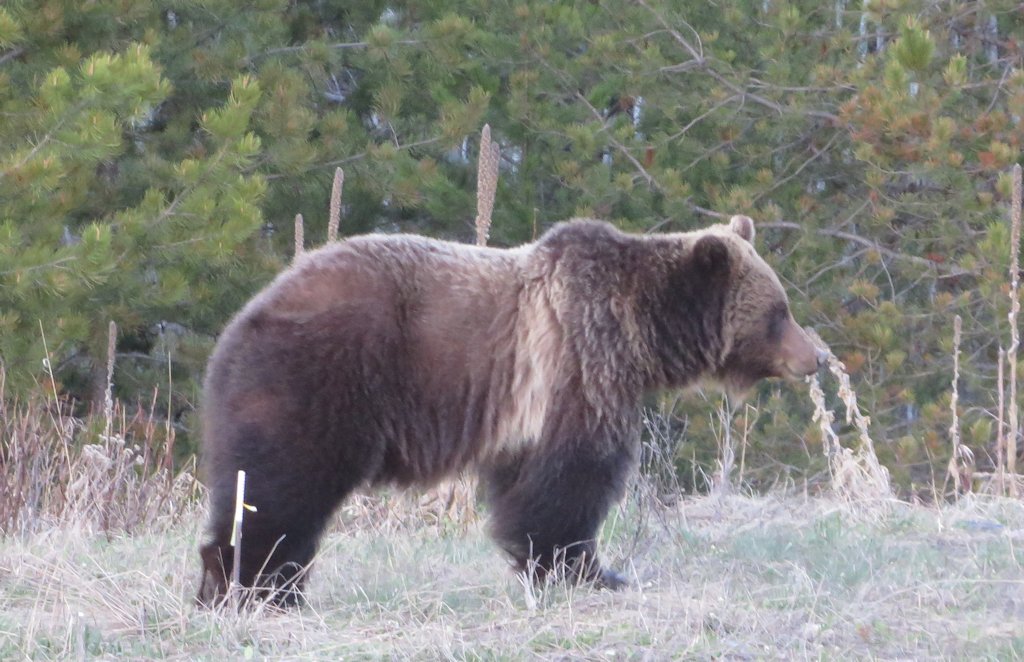
Here's the latest report from Montana Fish, Wildlife and Parks on the status of grizzly bear management in this corner of the state . . .
Montana Fish, Wildlife & Parks grizzly bear management biologists and wardens have seen an increase in grizzly bear activity and conflicts during the month of September. Both black and grizzly bears are looking for food that will provide them with the layer of fat they need in order to survive the winter in their dens. Female grizzly bears with young are especially in need of additional food because they have been nursing their cubs and need the extra calories.
The following is an overview of the grizzly bear management activities that MT FWP has been involved with in the Tobacco, Flathead, and Swan Valley areas during the month of September.
Near Eureka, at least one young grizzly bear has been observed feeding on apples and walking through yards. Traps were set for that bear, but it hasn't been captured yet.
West of Fortine, landowners buried a dead horse and noticed something had dug it up. They put up a trail camera and 3 different grizzly bears were photographed. One of the grizzly bears was wearing a radio collar that isn't functioning properly. In an attempt to capture that bear and change the collar, two culvert traps were set. The horse was reburied and an electric fence was installed around the site along with remote cameras. On September 6th, an unmarked, young adult male grizzly bear visited the site and was captured. This male was radio-collared and translocated into the Whitefish Range. The radio-collared grizzly we were attempting to capture did not return to the trap site and the traps were pulled.
During that same week, a grizzly bear was breaking branches on fruit trees west of Lake Blaine. A temporary electric fence was installed and a culvert trap was set. The male grizzly bear returned, but was not captured. The electric fence was effective in preventing any additional damage to the trees and the trap was removed.
Right after Labor Day, an adult male grizzly bear was captured near Coram after killing chickens and eating apples. The 473 pound, 12 to 14 year old adult male grizzly had never been captured before. He was radio-collared and translocated to the Puzzle Creek drainage south of Marias Pass. The electric fence on that chicken coop has been upgraded to be more effective in deterring bears.
Continue reading Montana FWP: Grizzly bear management update for Northwest Montana →
montana fish wildlife and parks drawing status
Source: https://www.gravel.org/tag/montana-fish-wildlife-and-parks/page/3/
Posted by: schmidtlonst2001.blogspot.com

0 Response to "montana fish wildlife and parks drawing status"
Post a Comment